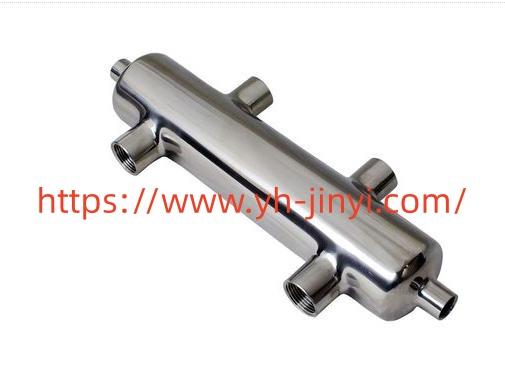A Decoupling Tank plays a vital role in improving energy efficiency in modern buildings by separating primary and secondary loops in HVAC systems, balancing pressure, and reducing pump workload. Beyond this initial function, other components designed for hydraulic separation allow heating and cooling networks to operate more smoothly, ensuring steady temperature delivery without overworking pumps or valves. Implementing such solutions has become a practical approach for energy-conscious building managers and facility planners.
In many structures, inconsistent flow rates and pressure differences can cause excessive energy use. Devices that separate circuits provide a buffer between primary and secondary loops. This buffering ensures that pumps and other components do not cycle unnecessarily, which reduces wear and extends operational life. These systems maintain stable conditions while minimizing energy waste, supporting both comfort and efficiency goals.
Modern buildings increasingly use automated controls to optimize heating and cooling. When combined with hydraulic separation, these systems can function more effectively, delivering energy only where and when it is needed. Reduced system load prevents short cycling, lowers electricity consumption, and maintains consistent comfort levels for occupants.
Adaptability is another advantage. Hydraulic separation devices can be scaled to suit small residential setups or large commercial facilities. By managing flow and pressure in different zones, they improve the reliability of the entire network, ensuring energy savings across multiple applications.
Maintenance efficiency is also enhanced. With pressure and flow stabilized, routine inspections become more predictable and less frequent, lowering operational costs. Reduced strain on pumps and valves translates into fewer replacements and longer-lasting system components.
When selecting separation solutions, attention to materials, volume, and connection types is essential. Properly engineered equipment supports both energy efficiency and system longevity. JINYI applies extensive industry experience to produce solutions that integrate seamlessly with existing HVAC infrastructures, enhancing sustainability and operational efficiency.
In conclusion, incorporating hydraulic separation devices can significantly improve energy efficiency, system stability, and overall performance of building HVAC networks. These practical investments promote energy savings, reduce operational stress, and ensure more reliable performance. Visit https://www.yh-jinyi.com/product/decoupling-tank/ for further details.



